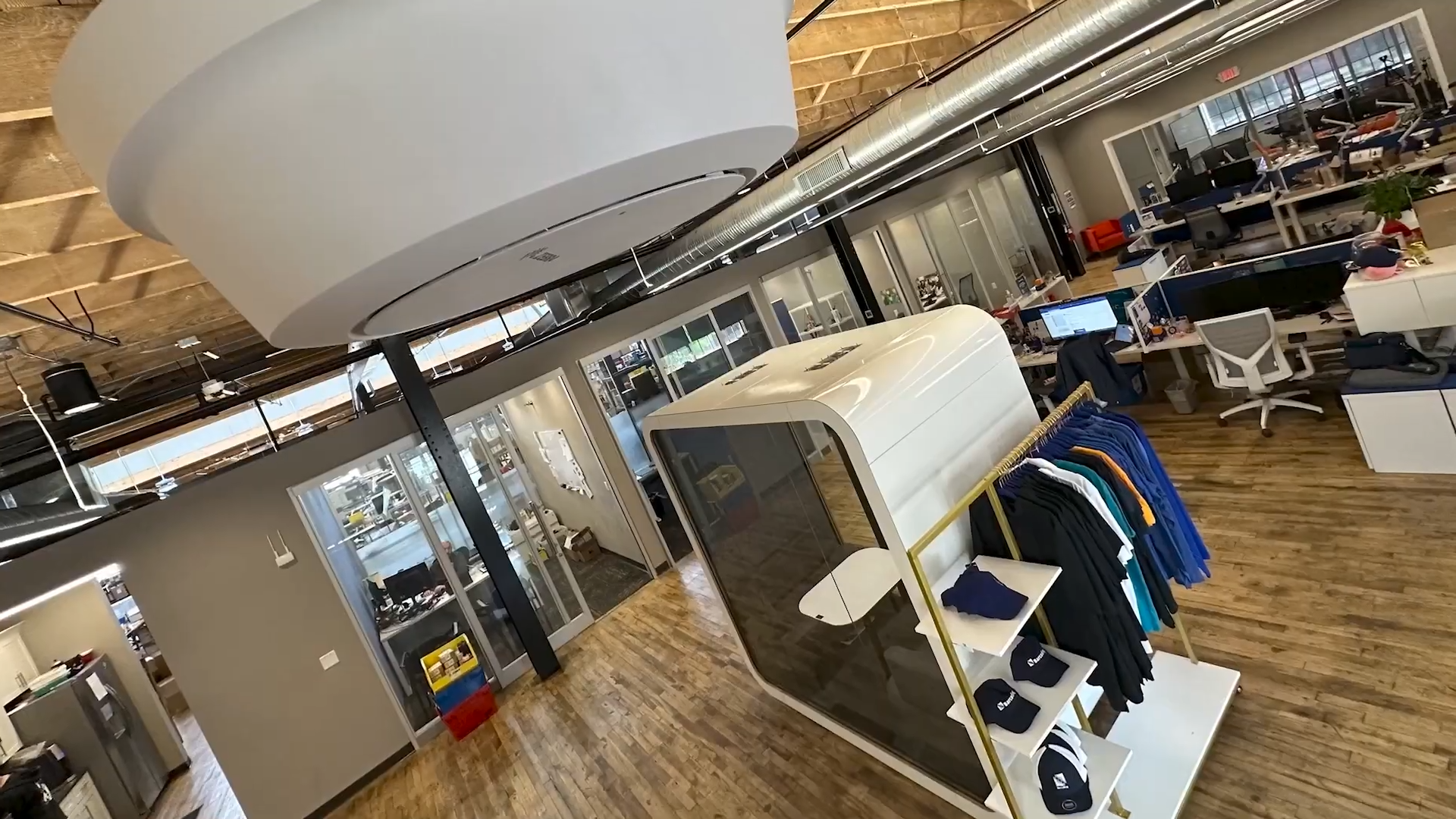Nurses and hospital staff know firsthand that managing patient belongings and valuables with manual processes is inefficient and prone to errors. Logging, collecting, storing, finding, and returning patients’ items—cell phones, clothing, glasses, hearing aids—involves multiple steps across intake, storage, retrieval, and discharge. And those steps are often poorly documented, much less standardized.
Any process with so many manual touchpoints risks misplaced belongings and lost time searching for them. And patients’ personal items are some of their most valued possessions. So how do you get administrative support to improve your hospital’s patient belongings policies and procedures?
Showing how an automated tracking solution benefits patients, staff, and the bottom line is key. Highlight reduced claims for lost items, more time for patient care, better experiences, and risk mitigation. With the right approach, you can get leadership buy-in to transform your hospital's management of patient belongings.
Why Automate the Tracking of Patient Belongings? → See For Yourself
Solving the Challenge of Lost Patient Belongings & More
Tracking patient belongings with manual processes leaves room for improvement on multiple fronts. But are misplaced items and time lost to searching an organizational risk or just a nuisance? Consider a few of the costs, risks, and inefficiencies:
- Nurses log an inordinate amount of time attending to administrative tasks that have little to do with patient care between intake, storage, retrieval, and discharge.
- Lack of standardized processes causes items to be misplaced—and nurses end up wasting even more time searching.
- Incomplete chain of custody documentation introduces liability risks if patient belongings do go missing.
- Claims reimbursements for lost patient belongings can be a drain on resources.
- Frustrated patients can negatively impact reputation and referral rates.
Lost revenue, claims, reputation damage, staff churn, and inefficient workflows can erode any hospital’s bottom line.
Yet at the same time, executives may resist looking into a barcoding solution because resources are limited, and they assume a big price tag is attached. But that’s not always the case. And weighed against the return on investment (ROI) to gain in lowered claims, efficiency and productivity, nurse retention, and delivering a great patient experience, a barcode tracking solution is a smart investment.
Barcode scanning speeds and streamlines patient belongings documentation, and allows nursing staff to engage more with patients and less with patient property. Using a system designed for medical environments, rather than a general-use inventory solution, supports best practices for the patient belongings workflow.
Digital tracking protects chain of custody and ensures real-time visibility into patient belongings in the hospital’s custody—and where to find them. Access via mobile app prevents more lost time when staff has to log additional items or retrieve stored items, and photo records virtually eliminate disputes. Robust reporting metrics make it easy for administrators to get granular data on performance in patient belongings—and identify opportunities for improvement.
In a nutshell, automating the most tedious, error-prone aspects of patient belongings management can help alleviate some of the biggest challenges healthcare organizations face today.
So how do you get leadership buy-in?
Administrative Buy-In for a Patient Belongings Tracking Initiative
Expect to make an evidence-based business case that focuses on framing the current problem in terms of cost, quality, operational efficiency, patient experience, and employee retention. Data will make your point.
Quantify and estimate those costs if you can. Audit nurses’ time spent logging patient belongings and time spent searching for lost items. Recommend reviews of reimbursements, patient complaints, and summary reviews of recurring issues that arise in staff exit interviews.
Once you’ve clarified the problem in terms of quantifiable costs, define potential gains in the same terms. Connect the solution’s benefits to organizational priorities: nurse retention, patient satisfaction, community reputation, risk mitigation.
Show, don’t just tell. Demonstrate the system’s ease of use and integration into existing workflows—no major upheaval to get started. Minimal staff training and change management are needed, and offer your personal support to guide adoption and train new users.
If you have to, consider recommending a limited pilot to demonstrate value before expanding system-wide. Quick wins can build momentum, and a pilot enables your team to collect performance data to support expansion.
Finally, be prepared to model full ROI for the solution you’ve selected.
Calculate the ROI of a Barcoding System → Here’s How
Validating the Investment
Evaluate and quantify the major areas where automation drives savings:
- Scanning instead of writing: Significant time saved by eliminating manual paperwork and data entry delivers the lion’s share of your ROI.
- Lower reimbursement costs from fewer lost items is a direct cost saving. This can be a wildly variable expense.
- More efficient use of nurses’ time frees up patient care capacity.
- Nurses with more time to care for patients suffer less from burnout, improving quality and retention rates.
- Better chain of custody documentation reduces liability risks and claims if items do go missing.
- Increased patient satisfaction drives more referrals and boosts your organization’s reputation.
Building Your Unique ROI
Every organization’s path toward ROI depends on size, patient volumes, and a host of operational factors, but you can use common benchmarks to inform projections and drive a productive and persuasive conversation with leadership. You can get benchmark improvements to strengthen your projections when you download our free whitepaper, Why Automate the Tracking of Patient Belongings?
Once you gain leadership support for the initiative, follow-through is critical. Monitor adoption and performance data, and work with administration to address areas for improvement. In one simple tech implementation, you can take a major step toward operational excellence—and help set up your organization for continued advancements.







